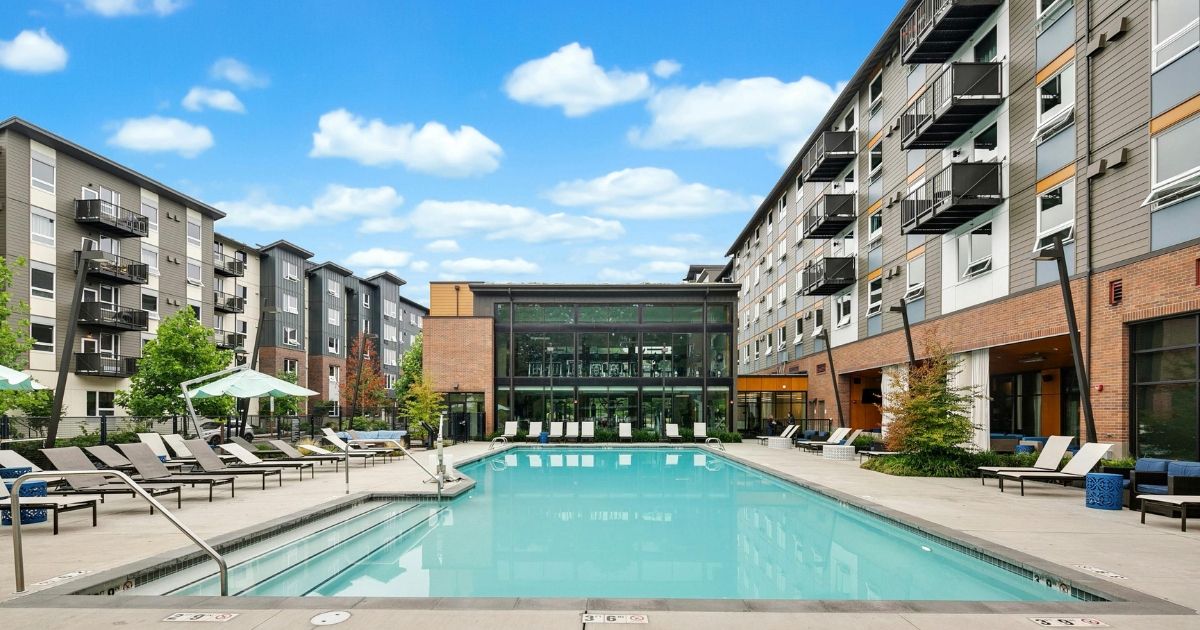Robust Close to the Summer for Net Absorption
Apartment demand has exceeded expectations this year, with clear effects across other industry metrics. New supply has started to recede from its 2024 peak as anticipated, but higher-than-expected net absorption has moved up the timeline for occupancy recovery.
All numbers will refer to conventional properties of at least fifty units.
Strongest Summer Since 2021
April through August was the strongest period for realized apartment demand since 2021. More than 120,000 net units were absorbed in both May and June. The April and August totals each surpassed 80,000 units. Total net absorption over the last five months tripled the same period in 2024.
Coming into the year, conditions appeared primed for a continuation of the upward trend in leasing demand that began in 2023. The scale of this year’s improvement was not expected. Net absorption is on pace to exceed 500,000 units this year – higher than any recent year aside from 2021.
Seasonal tailwinds for apartment demand typically fade by September and often reverse into headwinds in the fourth quarter. It is not unusual for monthly net absorption to turn negative for a month or two to end the year. Even so, realized demand has a chance to finish the year above new supply for the first time since 2021.
Widespread Improvement
Beneath the national headline, performance has been broadly positive across market and segments. Apartment demand has improved considerably this year for primary, secondary, tertiary and micro markets. The improvement has been enough to propel absorbed units past new supply for all four market tiers so far this year.
Stabilized properties also saw demand surge: absorption through August was triple last year’s level. 2024 was itself an improvement after two consecutive years with a net loss of leased stabilized units in 2022 and 2023. Absorption gains in 2024 and 2025 haven’t fully offset 2022 and 2023 losses, but more than half the ground has been regained.

Unlock the latest insights and rental market trends anywhere in the United States with ALN Online!
Improvement in demand has been observed for all four price classes as well. Class D was perhaps most notable. That subset of the industry was the last to see demand begin to recover in recent years.
The clear improvement for Class D last year only moved annual net absorption from negative in 2023 to slightly positive in 2024. This year, considerable gains have emerged. More than 57,000 net Class D units were absorbed through August. This followed an annual total of only about 10,000 units last year.
Takeaways
Despite industry and external challenges, 2025 has been a solid year for multifamily so far. New supply has started to ebb and apartment demand is in the midst of a three-year uptrend that appears to have gained steam.
Not all is rosy. Much ground remains to be made up, particularly for average occupancy. Seasonal trends will soon be flipping into headwinds until spring. Nevertheless, a strong summer has helped the industry turn a corner that should pay further dividends next year.
Disclaimer: All content and information within this article is for informational purposes only. ALN Apartment Data makes no representation as to the accuracy or completeness of any information in this or any other article posted on this site or found by following any link on this site. The owner will not be held liable for any losses, injuries, or damages from the display or use of this information. All content and information in this article may be shared provided a link to the article or website is included in the shared content.
Transform your budget season planning approach with comprehensive market intelligence. Schedule a personalized ALN OnLine demonstration and discover how data analytics can elevate your strategic decision-making.
Continue Your Strategic Planning Journey:

